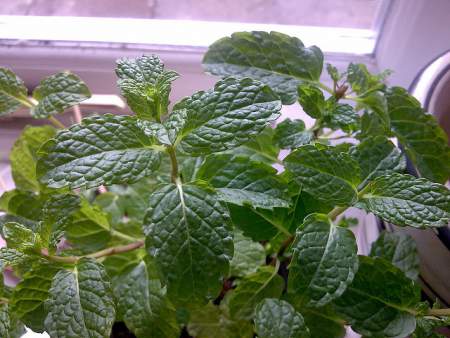
Mint is a genus of around 15-20 plant species, which are renowned for their medicinal and culinary purposes. Antioxidant and anti-inflammatory properties residing in mint can relieve from different allergy symptoms. But, in some cases other ingredients in this herb can trigger mint allergy symptoms.
Studies show that adverse reaction including, release of IgE antibodies, contact dermatitis and nonimmunologic histamines. A woman reporter with hypersensitive to mint, says that she can’t breathe in mint. Reaction may trigger even when you inhale, touch or ingest the allergen.
Mint Allergy Symptoms
Chemicals like salicylates and linalool present in the mint are identified as a threat by immune system. To thwart them out, IgE antibodies are released, which leads to chemical reaction and production of histamines.
Histamine results in different allergic symptoms that range from mild to severe symptoms.
- Tingling sensation around mouth and lips
- Swelling of lips, throat and tongue
- Facial swelling
- Coughing
- Breathing problem
- Sore eyes
- Watery and itchy eyes
- Asthma
- Wheezing
- Nasal congestion
- Contact dermatitis
- Hives
- Headaches
- Abdominal cramps
- Diarrhea
- Lightheadedness
- Low blood pressure
When you experience any of the above signs after eating or inhaling mint, reach allergist for diagnosis. He will conduct skin prick test to determine the availability of IgE antibodies.
Preventing mint directly and in other forms in very important to avoid mint allergy. Because of its nutritional benefits and aromatic smell, many products and dishes are incorporated with mint. Even these products and dishes can trigger allergic reaction.
For mild allergy symptoms, taking anti-histamines will be enough. But, for severe signs of allergy like sudden drop in blood pressure, unconsciousness and asthma you need to consult doctor and also carry adrenaline injectors with you.
It’s good to inform your friends and family members about mint allergy, so that they can prepare food and keep mint made products away from you.
For skin rashes and contact dermatitis, massaging with innate remedies like lavender oil and olive oil can relieve itching. But, you must patch test before using any natural remedy.
Cross reactivity within plant spices of Mentha genus are expected. Skin prick test carried in thyme allergic patient showed positive to mint, oregano and other plants in Lamiaceae family. So it’s better to discuss with allergist about the possible irritants and allergens to avoid mint allergy.

